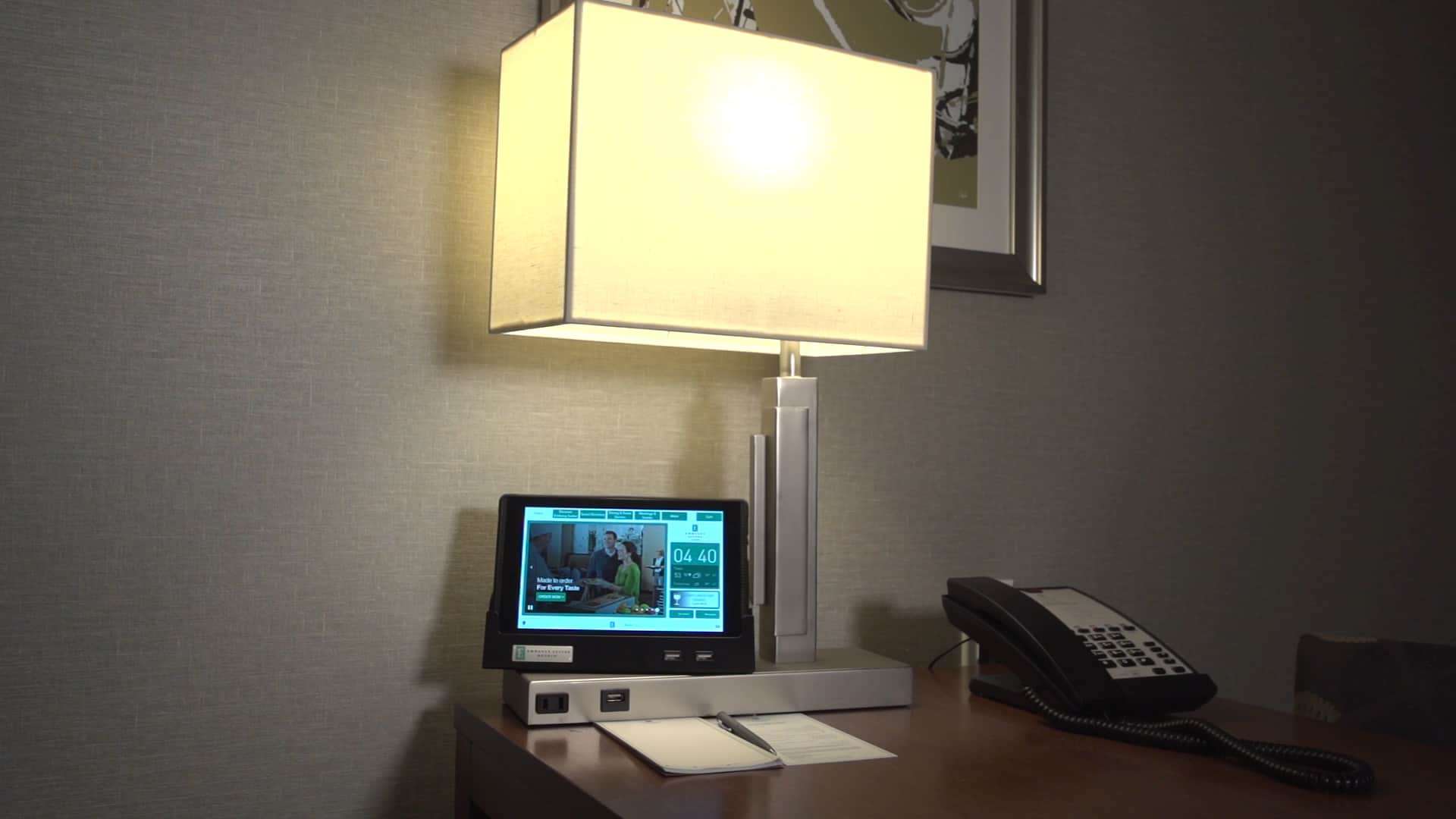Hotels can be incredibly expensive to run and hoteliers all over the world are always looking for ways to cut costs and improve their bottom line without sacrificing the guest experience that they are able to offer. One major area where you could stand to decrease costs quite significantly is your lighting. Energy costs are always increasing. The public’s awareness of sustainability is also growing – with it, their desire to support businesses that minimize their energy use.
Many hotels have lighting solutions that take up almost half of their overall electricity consumption. There are areas that have to be illuminated around the clock – the exterior, the entryway, the lobby, and the corridors. By upgrading to a modern energy-efficient lighting solution, you could be saving money twenty-four hours a day. That being said, we understand that there are many other things to worry about other than money. Sure, you want a cost-effective lighting solution. But you also want something that is effective and will add to the overall guest experience rather than detracting from it. LED lights can do just that. If you’re considering upgrading to a custom LED lighting solution, here are some things you may find useful:
1 – Start with a plan
Any major change should start with a plan. A great lighting system isn’t only made up of bulbs and fixtures. It also involves natural light, color schemes, and special attention to guest comforts.
Functionality is key and you have to ensure that the lights you install are suited for the use of the area. What your guests need in their bedrooms will not be the same as what your staff needs in the kitchen. There are three general lighting types that you’ll have to pay attention to: ambient lighting, task lighting, and accent lighting. Lights classified as ambient lighting are able to illuminate indoor and outdoor areas for visibility. Task lighting can be offered by bedside lamps, table lamps, and bathroom mirror lamps. They offer extra illumination when people need to do things. Accent lighting is more aesthetic. It draws attention to particular areas such as a painting on the wall.
While you plan your lighting, you will have to think about the needs and uses of each room and then outline the components that will be required to meet those needs.
2 – Use natural light to your advantage
Natural lighting is undoubtedly the best type of lighting you could enjoy because it is not only beautiful but it is free. Take advantage of natural light by daylighting. Many people choose to construct hotels, homes, and other places with windows facing the north because it offers pleasant natural light throughout the day. South-facing windows do too but they may let in more heat. Windows in the east and the west catch full blast of the sun at sunrise and sunset respectively and may let in too much heat if they are not well-insulated.
If you are considering making the natural light a bigger part of your lighting solution, it’s worth taking some time to consider your heating and cooling costs. More windows often mean more places for heat to move in and out. There are times when the increase in heating or cooling costs is more than the amount you save on lighting.
3 – Optimize your color scheme
The colors that you choose for your walls can make quite a bit of difference in your lighting. Light colors and reflecting surfaces will make the most of your lighting so you don’t have to use as much energy. You may even get by on pure natural light for most of the day.
4 – Invest in light management control systems
Timers, sensors, and keycards that cut power to rooms when nobody is inside can save quite a lot of energy. That being said, it’s important to choose bulbs that are made to be turned on and off frequently, as some wear out quickly if they are switched on and off very often. Make intelligent lighting systems a part of your overall lighting strategy to reduce wasting energy in areas with intermittent use.
5 – Choose newer technology
Advancements in technology have yielded bulbs and lighting products that are a lot more energy-efficient compared to their traditional counterparts. Incandescent lamps, for example, are incredibly energy-hungry and will cost a lot of money to run. Fluorescent tubes and compact fluorescent lamps are better choices, but even they are getting outdated compared to light-emitting diodes, better known as LED. LED lights are energy-efficient, don’t produce a lot of heat, and have a very long life. There are so many LED options on the market nowadays too so you can choose whatever color temperature you like. You can even get dimmable lights. Although LED lights require a larger capital investment, you don’t need to change them nearly as often. This will allow you to save more money in the long run.
Lighting matters more than you’d think
A great lighting solution allows you to decrease energy consumption and therefore costs. It will also cut down on maintenance costs because you don’t have to change bulbs as often. Your guests will enjoy the enhanced experience and the better lighting quality. Plus, you’ll be able to use your sustainable lighting as a selling point of your hotel. What better way to upgrade your hotel and save costs while not sacrificing the comfort of your guests?


